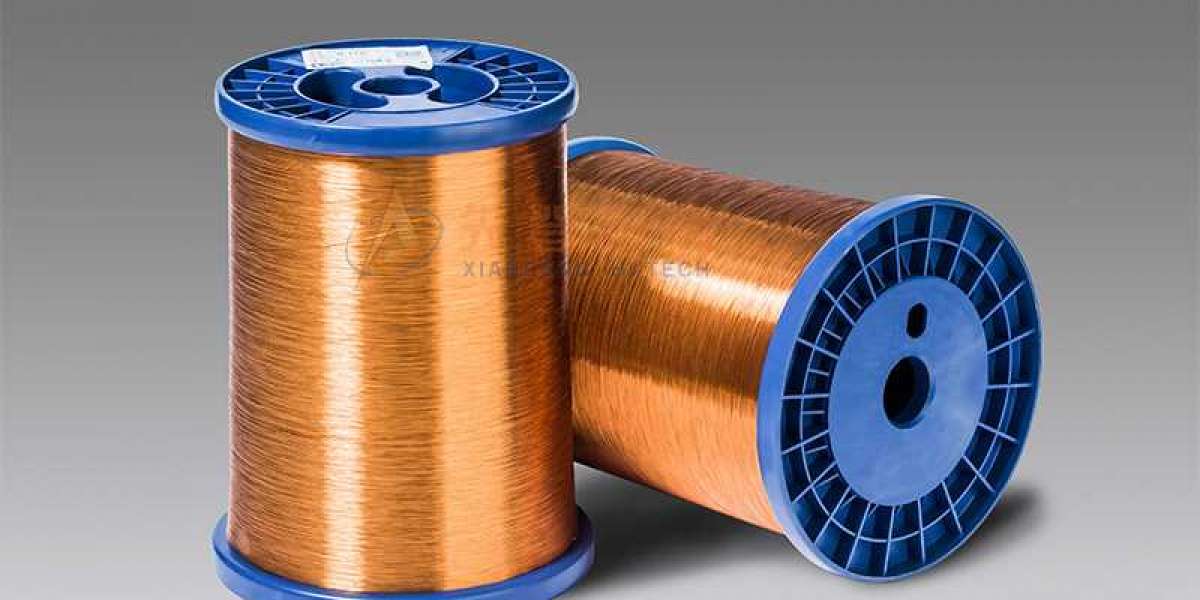There are several methods for detecting counterfeit cable products. One way for companies to test whether CCA wire is forged is to weigh the cable box.
A more effective method for identifying CCA is to cut a section of the cable to expose the conductor and then scrape it with a knife to remove the copper on the top layer. If there is silver underneath, it indicates the presence of aluminum. If the company suspects that the new cable is counterfeit, then scraping is acceptable. If the cable is already installed in the building and the company is not satisfied with its performance, cutting the cable may not be the preferred method.
Cable testing is another way to identify counterfeit cables, but field testing of these ANSI/TIA or ISO/IEC CCA cables may not be able to determine whether they are CCA cables. The ANSI/TIA-568-C.2 standard test is postponed to the ANSI/TIA-1152 balanced twisted pair cable field test instrument and measurement requirements, and DC resistance does not need to be included in the field test. Even if TIA requires DC resistance as a field test, there is no guarantee that the CCA cable will be found. By looking at the ISO/IEC results, we know this, where DC resistance does have a field test limit.
Using a specific CCA cable, a Class D channel link less than 233 feet will almost certainly pass, because the DC resistance test limit is fixed at 25 ohms, regardless of the length of the channel. At first glance, the solution seems obvious: use DC resistance as a field test requirement and distribute the limit proportionally based on length. In fact, the measurement uncertainty associated with length measurement increases the possibility of failing a qualified link.
Because aluminum is lighter than copper, CCA cable boxes are often lighter than all-copper cable boxes. However, CCA cable suppliers are aware of this, and there are reports that installers have found ballasts in wiring boxes in order to make them feel as heavy as copper magnet wire. In addition, the CCA version is heavier and can be very close to the weight of real copper.














